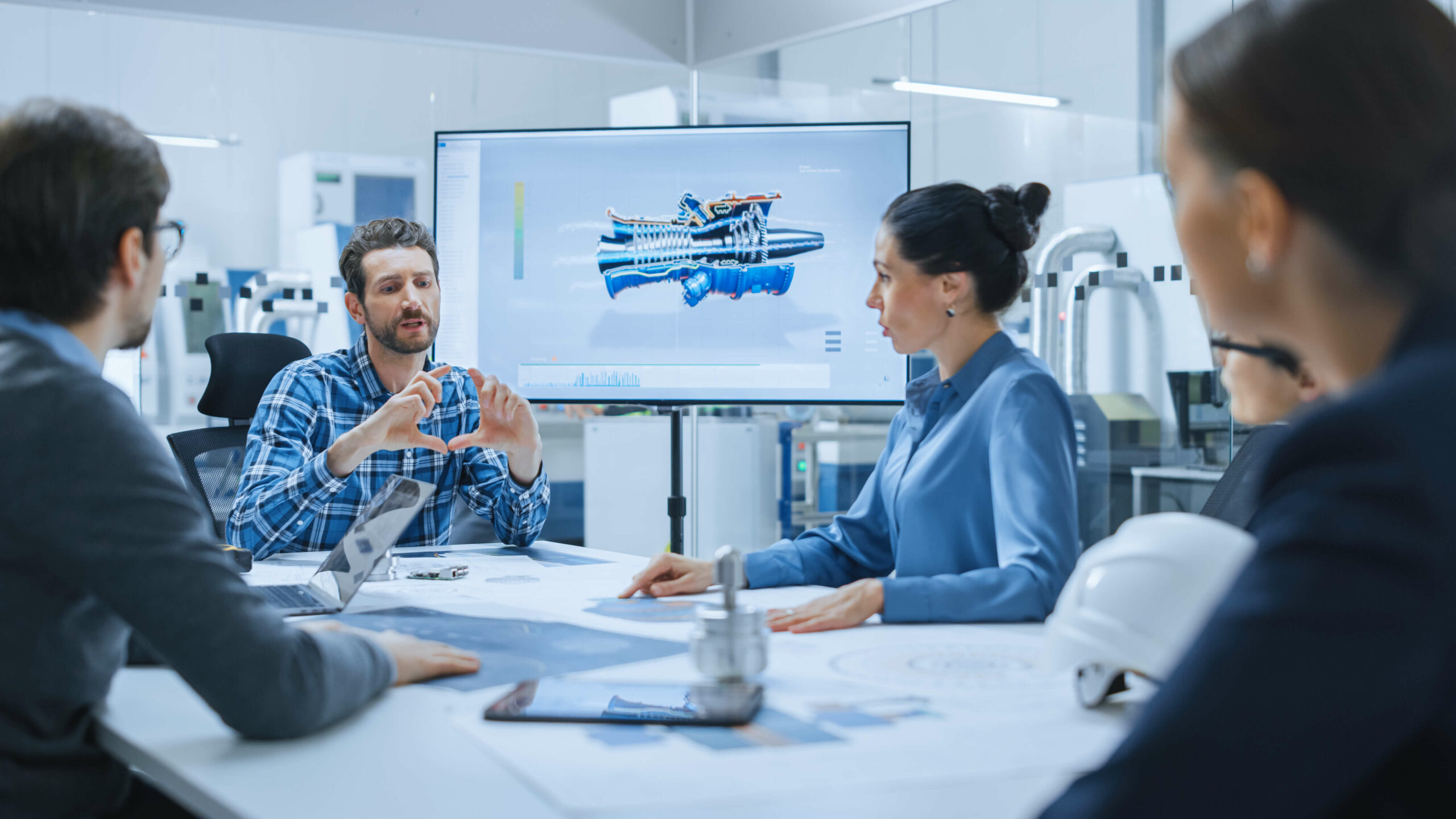Advanced Engineering Dynamics
Overall Course Objectives
To provide the students with a theoretical and practical foundation for understanding, formulating, and solving complex dynamic problems by using analytical methods and simulation software within dynamics and analytical mechanics. The problems are real world problems from the fields: design, machines, vehicles, mechanisms, robotic and space technology.
Learning Objectives
- Apply Newton’s second law and free body diagram to formulate equations of motion in rectangular- and polar coordinates for complex mechanical system.
- Apply Lagranges equations with generalized forces/torques to formulate equations of motion for complex mechanical system.
- Analyze equations of motion using both analytical methods and computer simulations.
- Apply analytical methods and computer simulations to solve equations of motion for mechanical systems.
- Apply analytical mechanics to solve practical engineering problems within machines, vehicles, robots and satellites.
- Apply computer software for graphic illustration of solution of equations of motion.
- Document technical calculations in reports with correct description of theoretical and experimental procedures, in a clear way, using technical terms, giving physical interpretations and evaluations of results.
- Acquire new knowledge in analyical mechanics.
- Understand and explain limitations of linearization of equations of motion.
- Read engineering and mathematical literature on advanced dynamics.
- Work in groups and cooperate on reports.
Course Content
Newtons second law in rectangular and polar coordinates. Keplers three laws. Central forces and orbit mechanics. Newtons law of gravitation. Hohmann-orbits. Rocket equation. Relative motion analysis in translating and rotating systems in 2D and 3D, including fictitious forces. Three-dimensional kinematics and dynamics of rigid bodies. Mass moment of inertia for rigid bodies in 3D, inertia Tensor. Angular momentum. Eulers equations of motion. Gyroscopic motion. Euler angles. Torque-free motion.
Analytical mechanics:
Lagrange’s equations including generalized coordinates and forces/torques. Principle of virtual work. D’Alembert principle. Lagrange’s equations. Hamilton’s principle of least action. Gyroscopic motion. Conservative and non-conservative systems.
The theoretical results of the course will be illustrated by practical examples.
Recommended prerequisites
62694, A first course in engineering dynamics. Good mathematical background.
Teaching Method
The teaching is based on ‘learning by doing’. There will be lectures, exercises and two projects with computer simulations. The projects will be done in groups from 1-4 students.
Faculty
Remarks
Faggruppe: Mekanisk teknologi
Valgfag: Maskinteknik
This is a relevant 6th semester optional course for Mechanical Engineering and is offered by the Department of “Design, Mechanical and Production Engineering”, Ballerup Campus. It is, however, also relevant to students who intend to do research in aerospace engineering.





